IDD Indepth
India has announced to start production of an indigenously made anti tank guided missile (ATGM) named ‘NAG’ – a Hindi language word for the deadly venomous, Cobra snake.
The missile, classified as 3rd generation, is to be produced by Bharat Dynamics Limited (BDL), a publically listed company, but owned by the Ministry of Defence .
On the other hand, two Indian private sector companies have separate collaborations with foreign original equipment manufacturers (OEM’s) to produce in India 4th generation and 5th ATGM’s, respectively.
It raises key questions for the industry and the investors.
- Will India stick to making just 3rd generation ATGM’s at state owned manufacturing plants?
- Is it going to graduate using latest and next-gen options available with the industry that has collaboration with foreign OEM’s ?
- What will be the mix of 3rd, 4th and 5th generation ATGM’s in the Army?
- Is the 3rd generation technology getting obsolete ?
- Will the ATGM’s being made in India with foreign collaboration qualify for ‘Atma Nirbhar’ ( Self reliant) India ?
The scenario
In the view of the experts at ‘India Defence Dialogue’, multiple generations of ATGM’s will co-exist in the Indian Army arsenal. The option of making the indigenous ‘Nag’ will run concurrently with procurement from collaborations which foreign OEM’s have in India, like Rafael of Israel, MBDA of Europe and Konkurs from Russia. In other words, there is a scope for everyone.

The Indian Army needs an inventory of some 68,000 ATGMs and is short by some 30,000 besides the need to upgrade its existing inventory which is largely of the 2nd generation ATGM’s. Fresh numbers will come from a mix of generations of missiles available in the market. The inventory will be bulked up by 3rd gen missiles produced locally while the cutting edge needs will be met through the next gen of ATGM’s being made in India in partnership with foreign OEM’s.
The Army currently operates second-generation Milan-2T and Konkurs ATGMs. Produced by BDL under licence from European and Russian companies, these do not have night-fighting capabilities. A small number of 4th generation Spike LR , made by Rafael Advanced Defence Systems Ltd of Israel, were inducted last year.
Foreign and Indian balance
Besides its western front with Pakistan, India now faces Chinese armour elements – tanks and armoured carriers –in area of Ladakh. It now needs missiles which can hit high-speed moving armoured vehicles without the support of an operator. Indian Army in June this year, during the middle of the stand-off with China, started looking at an emergency purchase of the Israeli Spike LR ATGM and ordered 12 launchers and nearly 250 missiles. This was the second such emergency purchase in two years. In 2019, India procured 12 launchers and around 250 missiles from Israel under the new financial powers for emergency procurements after the Balakot air strike ( February 2019).
Emergency powers allow armed forces in India to spend upto Rs 300 crore ( nearly $ 400,000) on a priority basis.
In the early part of 2020, The Army asked Indian companies – both private and public sector — to submit their `expression of interest’ in the program of producing an ATGM. This expression of interest is to be followed by a tendering process, trials and evaluations and commercial negotiations.
Army has said in its requirements, the present anti-tank capabilities have been in service for more than three decades and there is a need to catch up with other armed forces across the world. The project is 2330 missiles and 1000 launchers. Read the full document here.
The other aspect of an ATGM is it being Man portable called the MPATGM which can be shoulder-carried by troops. In September 2019, the Defence Research and Development Organisation (DRDO) successfully flight tested indigenously developed low weight, fire and forget MPATGM in the ranges of Kurnool, Andhra Pradesh.

The missile was launched from a man portable Tripod launcher and the target was mimicking a functional tank. “The missile hit the target in top attack mode and destroyed it with precision. All the mission objectives were met. It was third series of successful testing of MPATGM. The missile is incorporated with state-of-the-art Infrared Imaging Seeker along with advanced avionics.,” The Indian Ministry of Defence said in statement. Read it here
The foreign OEM’s and their Indian partners
Rafael Advanced Defence Systems Ltd of Israel has a collaboration with the Kalyani group has formed a JV called Kalyani Rafael Advanced Systems Private Ltd (KRAS) for making its Spike LR ATGM. A small number was procured. It has fire and forget capability, as well as the ability to fire, observe and update, providing substantial flexibility to the user to pinpoint the impact point. It also has the ability to switch to a different target mid-flight, should the user wants to do so. India is the 33rd country to have the Spike missile as part of its inventory.

Indian company Larsen and Toubro ( L&T) has a collaboration with European MBDA Missile Systems and is named (LTMMSL). While the L&T is India’s multinational engineering conglomerate and a private sector defence major, the MBDA, is a world leader in missile systems. They are jointly making the missiles at the 16,000 square meter facility in a Special Economic Zone at Coimbatore in Tamil Nadu.
In February the JV announced that it has export orders for select missiles. It displayed latest anti-tank guided missiles (ATGM-5) at the ‘Def-expo’ 2020 which opens in Lucknow on February 5.
But there have been not so fruitful associations that the Foreign OEM’s have had. The US-made Javelin ATGM produced by Lockheed Martin-Raytheon was offered as Transfer of Technology (ToT) to India via the state-owned BDL. The offer was not taken up.
How the Nag came about
The need to replace the inventory of 2nd generation ATGM’s with 3rd generation missiles was reflected in 2011, when a global tender was floated for more than 8000 missiles. The programme, however, did not see the light of the day as the Government decided in favour of indigenous development –of the Nag — by the Defence Research and Development Organisation (DRDO).

In the latter half of 2017, the Indian government had scrapped a $500 million deal with Israeli defence contractor Rafael Advanced Defence Systems Ltd in favour of an indigenous ATGM system made by DRDO
On October 22, 2020 the Indian Ministry of Defence said the “Final user trial of 3rd generation ATGM ‘NAG’ was carried out” . The missile was integrated with the actual warhead and the missile hit the target accurately defeating the armour.
The ATGM has been developed by DRDO to engage fortified enemy tanks in day and night conditions. The missile has ‘Fire & Forget’ and ‘Top Attack’ capabilities with passive homing guidance. Read it here
The state owned BDL effort
Besides the expected order of the Nag ATGM, India’s state-owned Bharat Dynamics Limited (BDL) has signed a contract worth INR 760 crore ($110 million) with the Indian Army for the supply of Konkurs Anti-Tank Guided Missiles (ATGM) and Launchers.
The contract was signed, in January 2019. “The missiles and launchers will be manufactured under continued technical collaboration with Russia at the Bhanur unit of BDL in Telangana State”, The BDL said. READ it here
BDL has been producing Konkurs ATGMs under Russian license. The missiles have been upgraded with a tandem warhead.
The Konkurs ATGM was developed by the Tula Machinery Design Bureau (Tula KBP) of Russia. The missile is designed to be fired from vehicles, although it can also be fired from some models of 9M111 launchers which make it an MPATGM. It is an integral part of the BMP-2 vehicles used by India.
In February 2019 India okayed the need for 5000 of the European MILAN 2T ATGM.
It has a single shaped charge warhead for use against very thick and composite armour. It is armed with a tandem charge for use against reactive armour.
What are 4th gen and 5th Gen missile?
ATGMs come in various capabilities and they first appeared in the 1960’s. Initially these needed to be launched close to the targeted armoured vehicle due to a lack of penetration firepower.
Five decades of development means these can be fired from a significant distance, with great precision and in modern warfare used a bunker buster. ATGM’s can use different warheads, depending upon the size and armour of the target. One of those latest warheads is known as the High Explosive Anti Tank (HEAT) Warhead. HEAT warhead has a metal spike that goes through the metal armour.
1st Generation: Guided by manual commands and the missile was steered to the target. Called as Manual Command to line of sight (MCLOS), it required manual guidance through the whole flight of the missile requiring gunners who had been long trained in handling this.
2nd Generation: Started off in the 1970’s these were Semi-automatic commanded missiles. The operator would need to keep the sight fixed on the target until impact. The missile receives it commands from the gunners sight by wire , laser or RF signals. It requires the gunner to maintain line of sight to target during the whole missile flight time.
3rd Generation: Is the technology of early 1990’s. It relies on an electro-optical imager (IIR) seeker, a laser or a W-band radar seeker in the nose of the missile. These are ‘fire-and-forget’ missiles where the operator can retreat right after firing as there is no more guidance required. But again it had limitations. The modern battlefield is full of sensors and limits the range of fire.
4th Generation: Developed in late 1990’s and early 2000’s, this is an electro-optical anti-tank missile with a bidirectional data link. A real time data link transmits the video signal from the missile seeker while allowing an update of commands from the launcher. It goes beyond the 2.5 km limit of 3rd Gen missiles and reach 4 kms with greater precision. This opened possibilities of attacking fast moving vehicles and even small bunkers of the enemy.
5th generation: It uses multi-spectral data fusion allowing a strong target tracker and ability to swap targets which allows the gunner to detect camouflaged targets. It is non-line of sight and can use UAV provided data to detect target. A multipurpose tandem warhead, a smokeless propellant providing stealthy firing and longer reach of more than 5.5 kms, make it deadly.












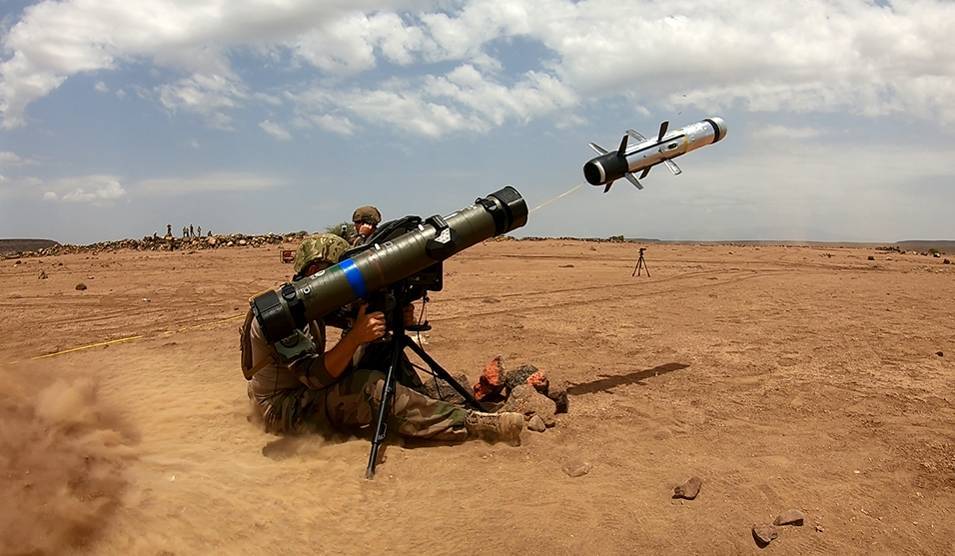


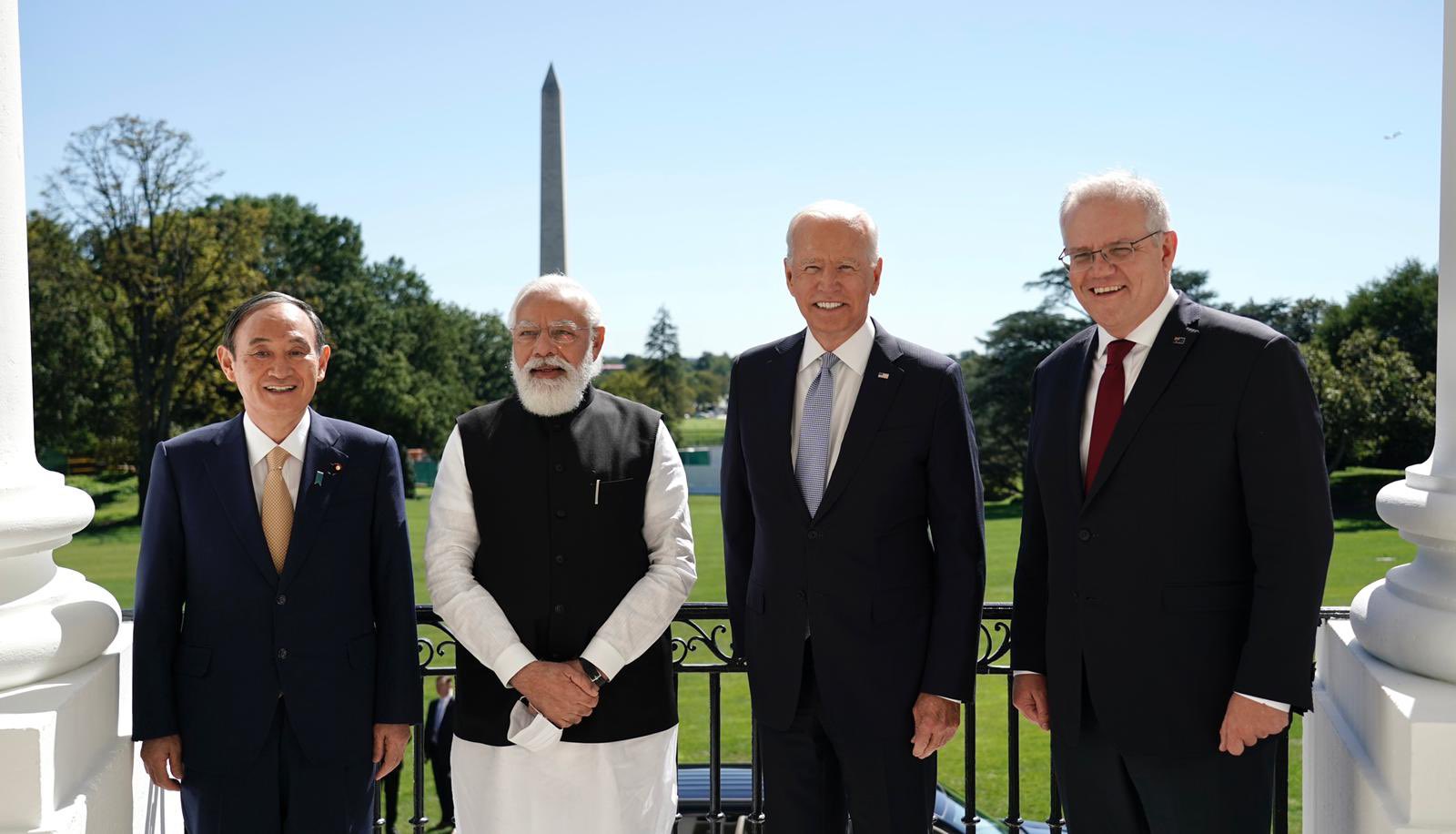
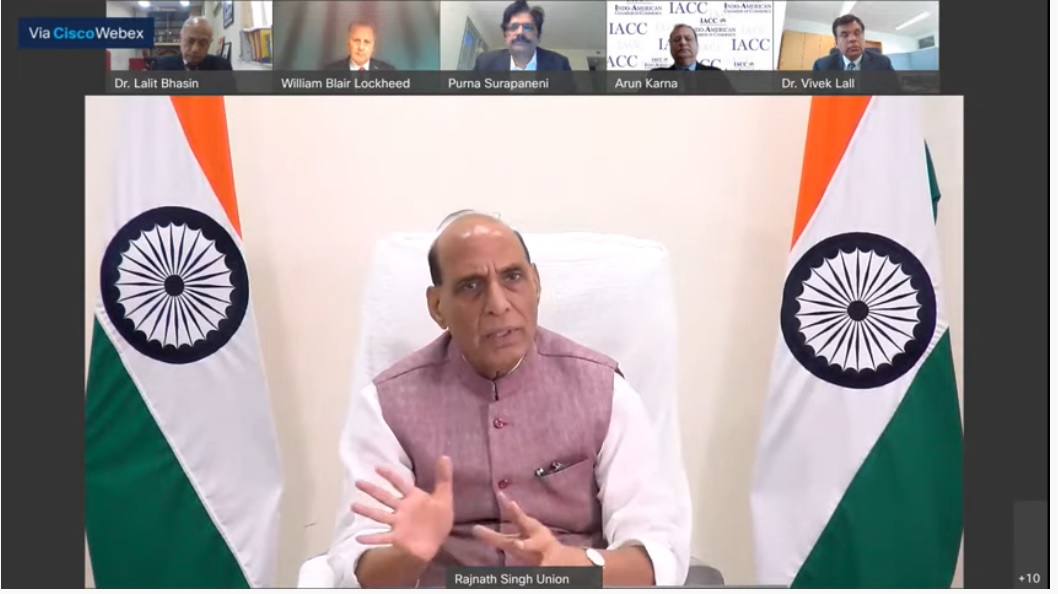

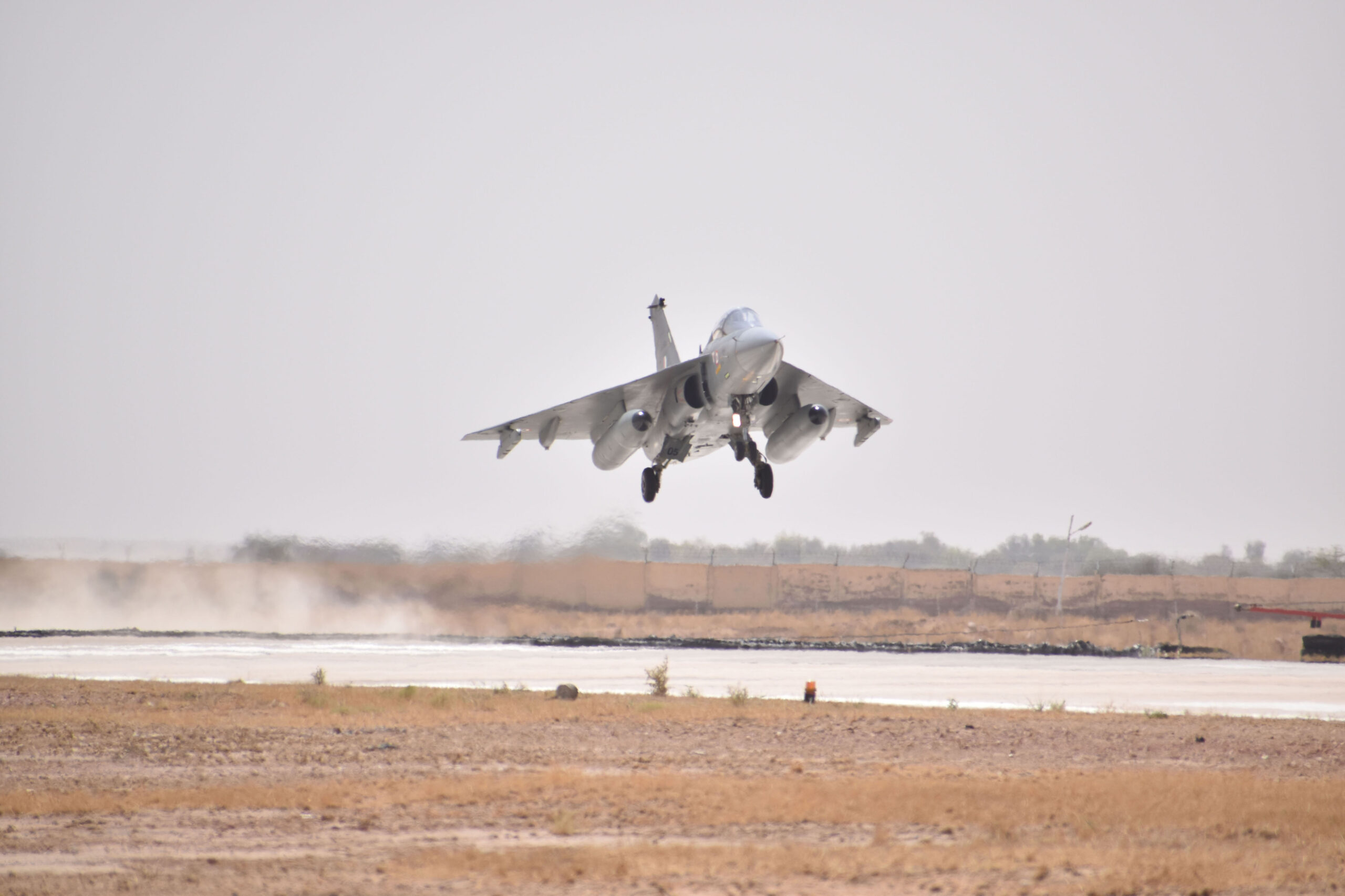

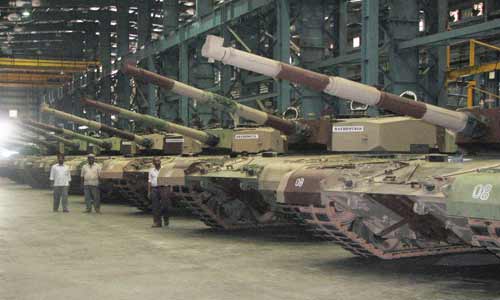



Recent Comments